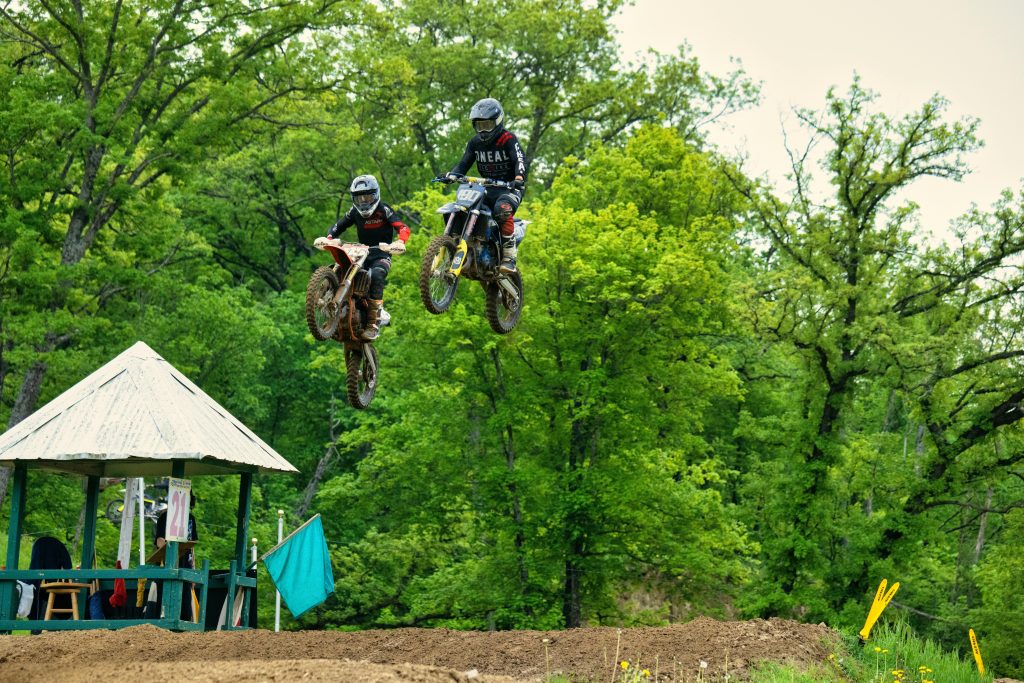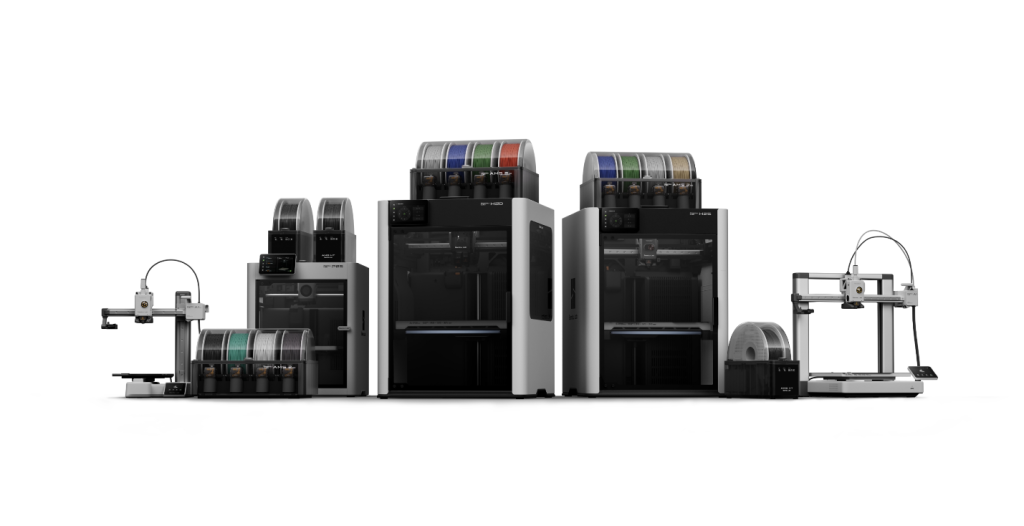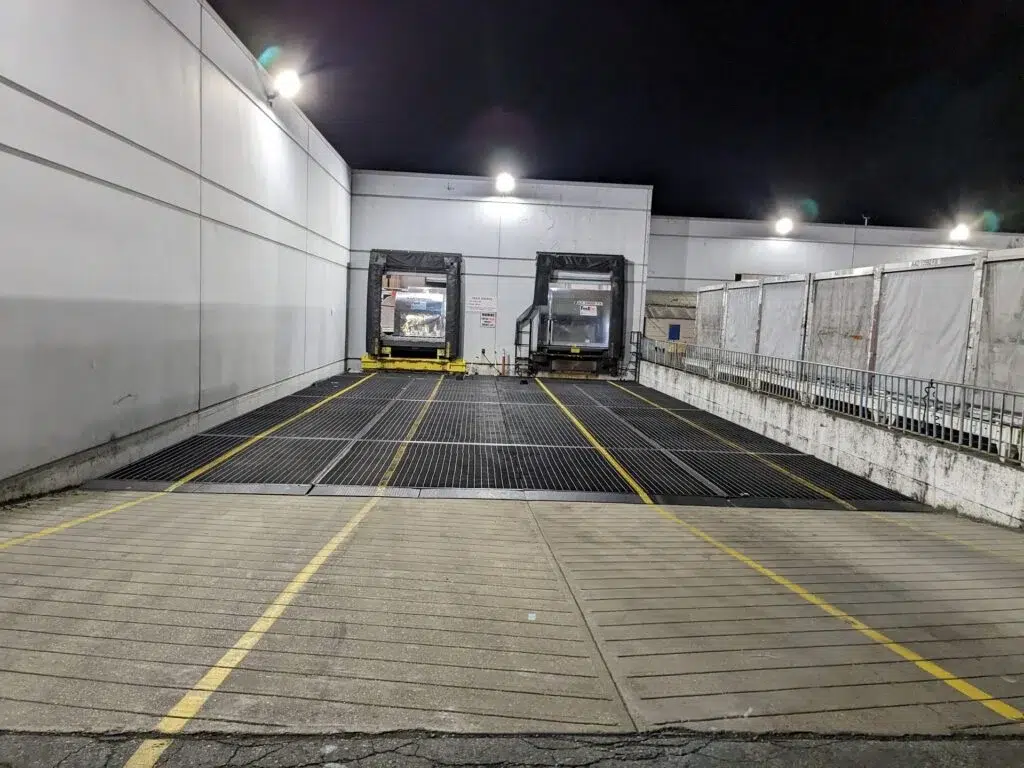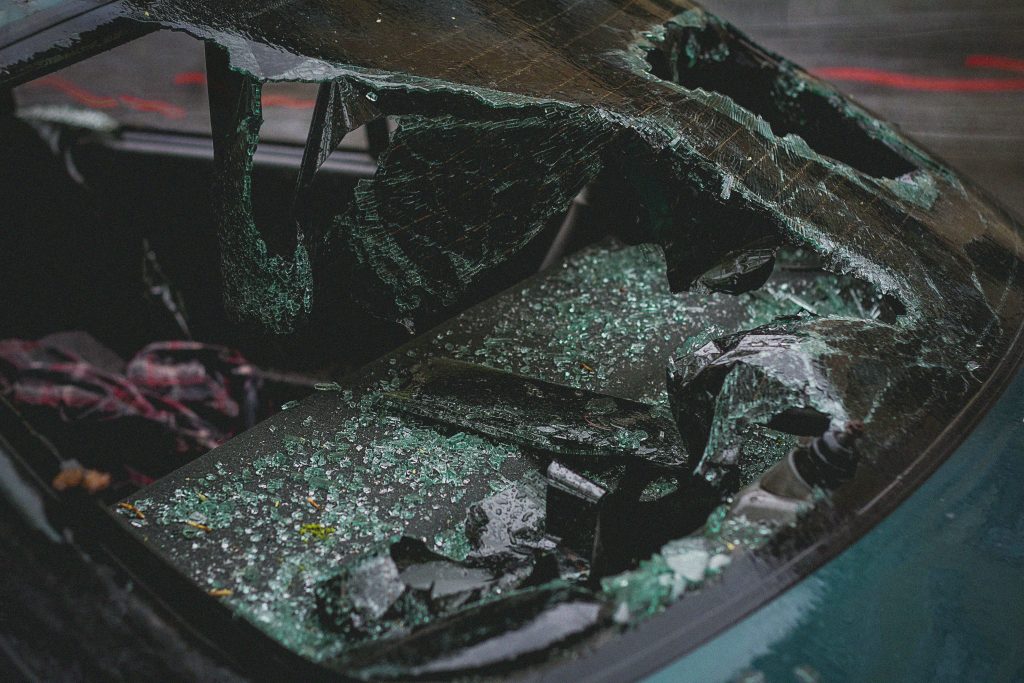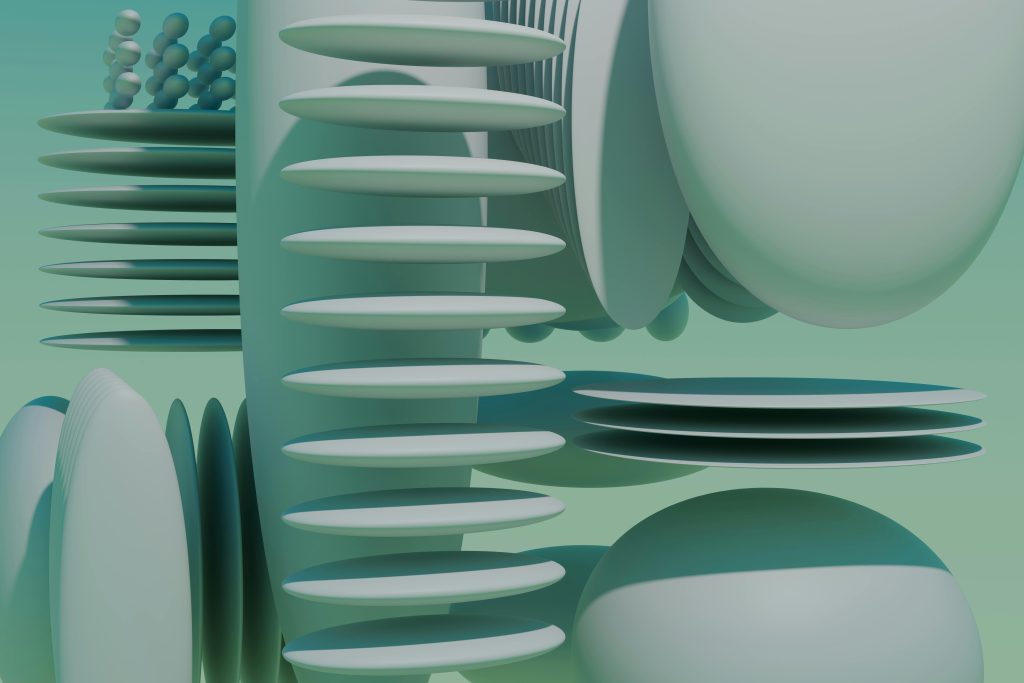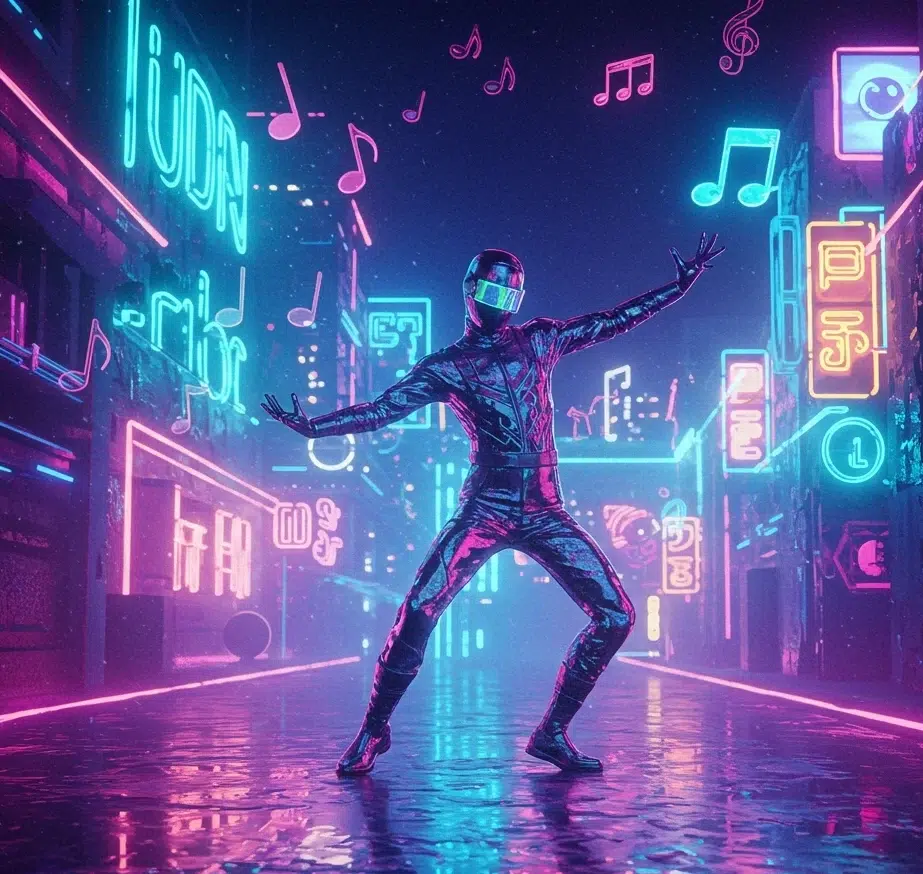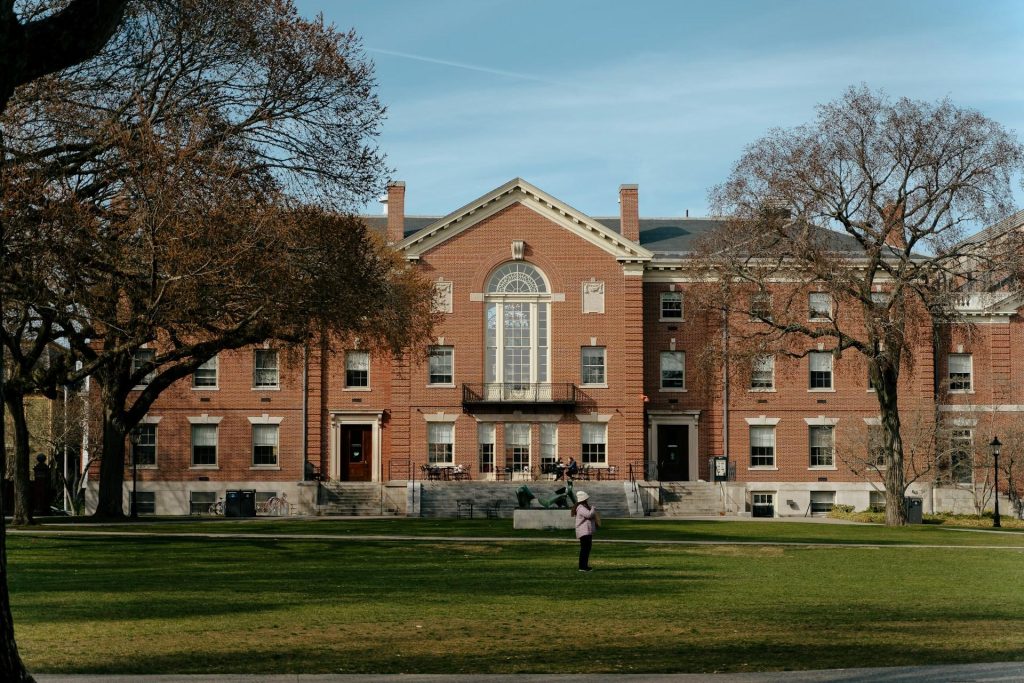When you watch an actor jump from a skyscraper, swing between cars, or free-fall into a raging fire, you’re seeing more than movie magic — you’re witnessing the incredible art of rigging in action. Behind every stunning stunt is a hidden network of cables, cranes, pulleys, and counterweights designed and managed by expert riggers whose job is to make the impossible both safe and spectacular.
The Hidden Machinery of Movie Magic
Hollywood stunt scenes are not spontaneous — they are carefully planned. Before filming begins, a team of riggers designs how to lift, suspend, or launch actors in ways that appear daring but are precisely controlled.
At its core, rigging for film is all about load control — understanding exactly how much force is needed to lift or stop a moving object, and how to distribute that weight safely. Think of it as a combination of physics, engineering, and choreography. A simple “wire pull” that makes a hero fly across a room might involve several anchor points, high-strength cables, and precise timing synchronized with camera movements.
Modern productions often combine traditional rigging hardware—such as hoists, spreader bars, and quick-release shackles—with digital motion control systems, enabling stunt coordinators to precisely adjust every movement.
Flying Without Wings
Ever wonder how actors “fly” through the air? From Superman to Spider-Man, rigging systems make this possible. Wire rigs use ultra-thin, high-tensile cables attached to harnesses that can support several times the actor’s weight. These cables are often pulled by hydraulic hoists or motorized winches, creating the illusion of effortless movement.
Some rigs are built to simulate zero-gravity movement, especially in sci-fi movies. By balancing the performer’s weight, riggers can make them “float” naturally — no green screen needed.
And it’s not just about flying heroes. Rigging also helps create realistic fight scenes, controlled explosions, and those signature slow-motion falls where every frame matters, but safety always comes first.
Crane Shots and Controlled Chaos
Big-budget stunts often require heavy-duty lifting equipment — the same type used in construction and industrial settings. Hydraulic cranes, aerial lifts, and telescopic rigs are repurposed to move set pieces, cars, or even entire sections of buildings.
Take the Fast & Furious franchise, where vehicles are flipped, dropped, and swung mid-air. Those stunts rely on steel cables and chain slings anchored to cranes — not CGI. The rigs must withstand tons of dynamic force, and everything is calculated down to inches to ensure perfect camera alignment.
Even subtle movements, like tilting a car mid-scene, are accomplished using custom-built below-the-hook lifting devices — a category of equipment that includes spreader bars, shackles, and slings designed to keep loads balanced and secure.
The Safety Science Behind the Spectacle
It’s easy to forget that behind the chaos on screen, there is a culture of strict safety. Every rigging setup adheres to rigorous ASME and OSHA standards to prevent failures during a take. Rigging coordinators determine the Working Load Limit (WLL) of each component — the maximum load a device can bear with an added safety margin — and test it multiple times before a stunt start.
Harnesses are thoroughly checked, anchor points are redundantly reinforced, and communication between the stunt team and rigging crew is continuous. The rule is simple: no risk is worth taking. The best stunt is the one that excites the audience without ever risking a life.
From Steel to CGI — Rigging Evolves
Even in the age of digital effects, rigging continues to be the foundation of realism. CGI can improve a stunt, but it seldom replaces the need for physical support systems. In fact, many visual effects artists depend on riggers to provide real-world physics data — tension, motion paths, and weight shifts — that make digital scenes convincing.
And as technology advances, so does the craft. Modern sets are adopting smart rigging systems with programmable winches, laser-guided lifts, and sensor-based safety overrides. The next generation of Hollywood riggers might spend as much time coding as they do tying knots.
Final Take: The Heroes Behind the Harnesses
While actors often take the spotlight, it is the rigging teams who make gravity-defying stunts possible. They combine engineering with artistry, safety with creativity, and brute strength with mathematical precision. So, next time you gasp at a rooftop chase or a breathtaking explosion, remember the crew behind the scenes — the riggers who literally lift Hollywood to new heights.


